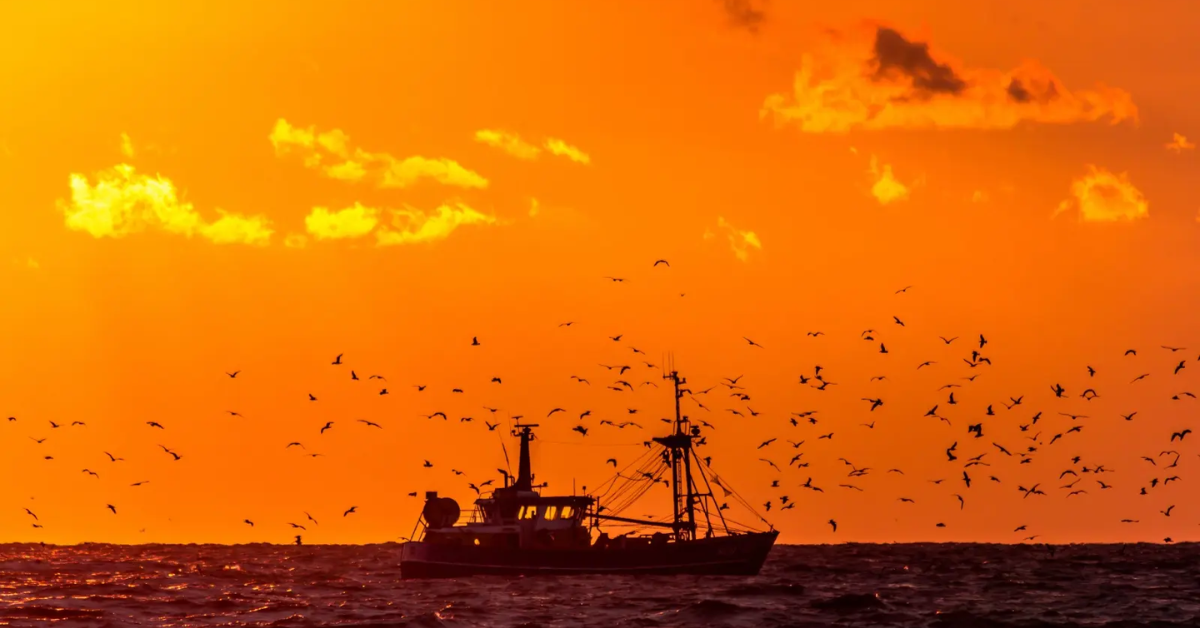
A new marine heat wave off the coast of California has pushed sea surface temperatures to record highs, raising concerns among scientists and environmentalists. This unusual warming of ocean waters is not only affecting marine life but also disrupting local ecosystems and the fishing industry, which many coastal communities heavily depend on.
The rising temperatures are linked to broader patterns of climate change, but this specific heat wave is especially intense and long-lasting. The consequences for marine species and the environment could be severe, with some experts warning of irreversible damage if these conditions persist.
What is a Marine Heat Wave?
A marine heat wave happens when ocean temperatures rise significantly above the normal range for an extended period. Unlike short-term warm spells, these heat waves can last for weeks or months and cover large areas. The current event off California is among the warmest ever recorded in that region, according to the National Oceanic and Atmospheric Administration (NOAA).
Record Sea Surface Temperatures and Their Causes
Scientists have observed the sea surface temperatures off California’s coast climbing much higher than usual, sometimes by several degrees Celsius. This change is influenced by factors such as reduced upwelling of cold water and persistent high pressure systems that trap heat near the surface.
Additionally, global warming contributes to this trend by increasing baseline ocean temperatures worldwide. Research from the Scripps Institution of Oceanography confirms that such heat waves are becoming more frequent due to climate change.
Impact on Marine Ecosystems
Warmer waters disrupt the delicate balance of marine ecosystems. Key species like plankton, fish, and marine mammals may struggle to survive or relocate to cooler areas. For instance, kelp forests along the California coast are suffering because higher temperatures lead to disease and die-off, depriving many sea creatures of their habitats.
Coral reefs, although less prominent in California, can also be affected by heat stress, leading to coral bleaching. Changes in fish populations can hurt both predators and prey, which ripple through the food chain.
Effect on Local Communities and Fisheries
Many coastal communities rely on fishing for their livelihood. When marine species move or decline in number due to heat waves, fishermen face economic challenges. Certain commercial species such as anchovies and sardines have reportedly moved to cooler waters farther north, creating shortages and impacting local seafood availability.
Moreover, marine heat waves can also increase harmful algal blooms. These “red tides” produce toxins that contaminate seafood and pose health risks to humans and wildlife alike.
Steps Being Taken to Monitor and Address the Crisis
Government agencies like NOAA and California’s Ocean Protection Council are closely monitoring sea temperatures and marine health. They use satellites, underwater sensors, and research vessels to track changes in real-time and issue warnings when necessary.
Scientists are also studying how marine heat waves affect ecosystems to develop strategies for adaptation and conservation. Efforts include protecting vulnerable species, restoring habitats, and reducing other human stresses like pollution.
Why Should Young People Care?
Young generations will inherit the long-term impacts of today’s ocean conditions. Healthy seas mean richer biodiversity, more stable climates, and sustainable food sources. Understanding these heat waves helps young people become aware of climate change and encourages them to support environmental protection efforts.
By staying informed and advocating for responsible policies, younger audiences contribute to safeguarding the planet’s future, including vibrant coastal environments around the world.
Conclusion
The marine heat wave off California’s coast is a stark example of how climate change affects natural systems and human livelihoods. With record-breaking sea surface temperatures, ecosystems face significant stress, and communities that depend on the ocean experience real hardships.
Ongoing research, monitoring, and conservation efforts are essential to manage these changes. At the same time, increasing public awareness—especially among young people—can inspire collective action to protect our oceans for generations to come.









